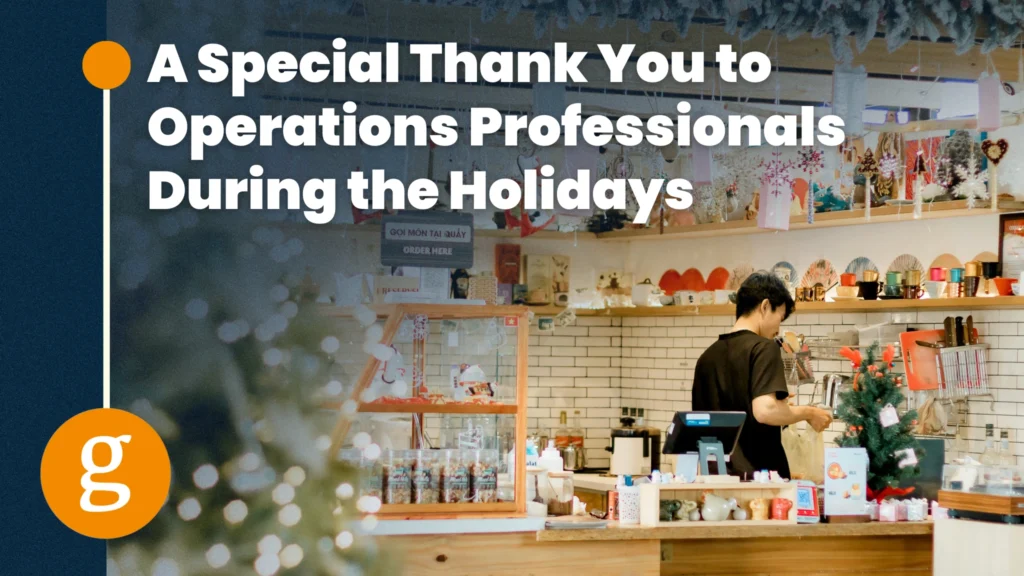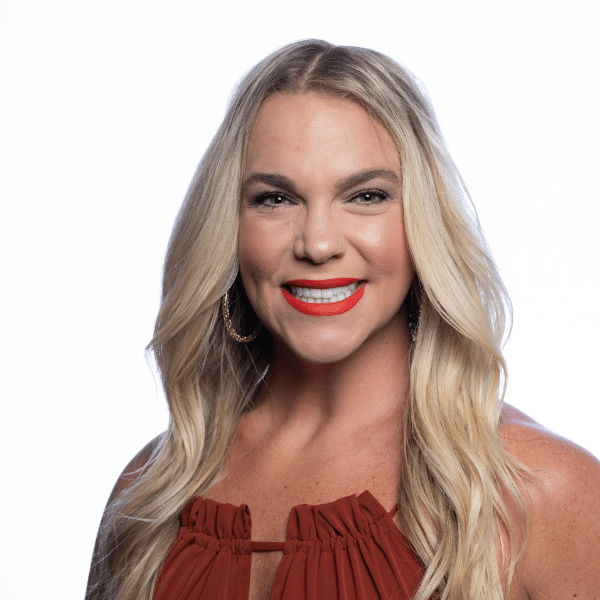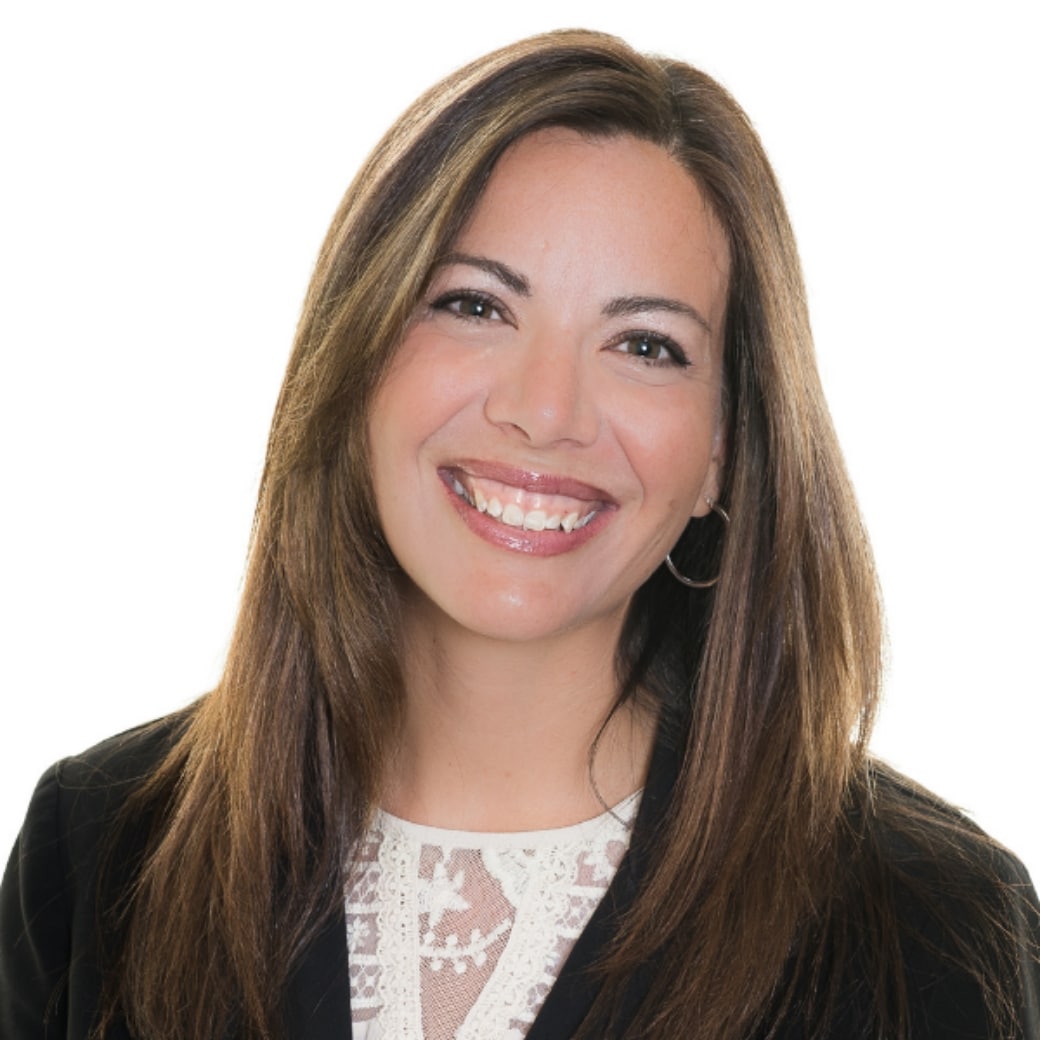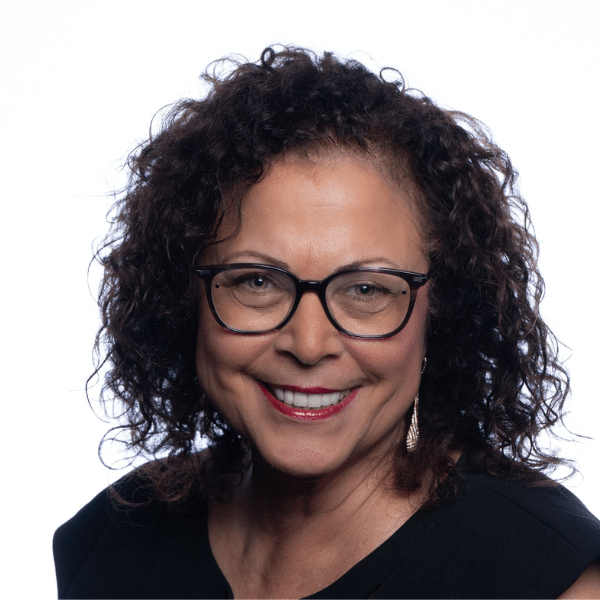
Your resume represents you to your prospective employer. Your resume will make or break your opportunity for a bright future; therefore, you must put your best foot forward. Furthermore, there are many ways to create a resume — do it yourself, ask someone more skilled with Word, use a Word template, use an online service, which offers other services as well, or hire a professional resume writer. Regardless of how it’s created, it should be proofed by someone other than the person who wrote it. We often don’t see our own mistakes because we read what we intended rather than what we actually wrote.
Decision-makers very quickly try to evaluate if a candidate is a fit for the job. We scan for industry & segment, title & progression, and tenure & gaps. As much of this information as possible should be on page one, and the top of the resume should answer these resume checklist questions quickly.
Resume Checklist for the New Job Market
- Tailor your resume to the job: Resume Now in 5 Ways to Tailor Your Resume for Job Recruiters, recommends taking the time to tailor your resume to the job. A targeted resume helps the decision-maker see that you are a fit for the specific position.
- Length: The shorter, the better. Be concise! No fluff! Corporate executives submit one-page resumes – so can you. It’s a matter of concise content and formatting. Recruiters and decision-makers review a lot of resumes, and it’s done quickly. As much information as possible needs to be available on page one – enough information for the reader to want to dig deeper and read more. Don’t sacrifice shortness for readability. To get their resume on one page, some candidates make their resume too dense and difficult to read, which defeats the purpose. Two well-crafted pages are better than one lackluster, hard-to-read page.
- Format: There are two basic formats – chronologically-based and skills-based. Often, candidates use a skills-based resume to hide the fact that they have short tenures or jumped in and out of industries. The purpose of a skill-based resume is to change careers. To show your career path, all resumes should be chronologically-based, and skills can be emphasized as needed. Employment history needs to be easily understood, and that’s not possible without a reverse chronologic employment history (starting with most recent at the top and working backward).
- Sections:
- Top Third: Most candidates dedicate the top third or more of their resume to name and contact info, summary, education, and skills. These items need to be differentiators, and if they don’t support the job, put them at the bottom of the resume. An example is education. Degrees go to the top and coursework to the bottom.
- Heading: Name, Contact Info, and Location. Your location should include the city and state. You do not need to include a street address. A zip code is necessary if your resume will be parsed into an application that shows jobs close to you.
- Headline & Summary or Objective: Make the headline match the title of the job. Most applicants for most positions do not need a summary or objective if applied to a job supported by the background. High-level candidates with a breadth of experience should include an objective to make their goals clear. If a summary is included, it should indicate what you’re looking for, why you’re qualified, and should be job-specific. This should be concise – a sentence or two.
- Skills: Should be pertinent to the job and customized to the job requirements.
- Experience: Title, Company, Overall Dates of Employment, Your Location, and Bullets of Accomplishments. Note that it is “Accomplishments” rather than job duties. Employers will generally know your overall responsibilities. They don’t want to read your job description – they want to know what you were able to accomplish within or above-and-beyond the job duties.
- Formal Education: Education should include the degree, the institution, and the date the degree was awarded. Years of coursework may also be included if a degree was not earned. Be concise – don’t list courses. As referenced above, education can go to the bottom unless it supports the position. There is no need to include a high school graduation date as that will age you, and high school is not needed at all if college followed.
- Continuing Education, Professional Development, or Additional Training: Not to sound like a broken record, but this should go to the bottom unless it’s a requirement of the job.
- Readability: The easier to read, the better. Yet, some resumes are challenging to read, usually because of font style, font size, font color and font shades, use of bold, spacing, lengths of lines, and density. If you are using a resume template (see below), educated choices are made for you, and you don’t have to worry about it. All you have to worry about is choosing the right template.
- Font Style: In general, sans-serif fonts, like Calibri, are easiest to read. Your resume should be consistent — either all one font or one font used for headings and another used for the body. For example, you can use a serif font like Times New Roman, Baskerville, or Georgia for the headings and then complement with a sans-serif, such as Gill Sans or Calibri, for the body. Using one font throughout is recommended because it’s easier to be consistent, and you can “select all” to be sure the font is consistent. This is especially important when updating an existing resume. You’d be surprised at how often the new addition doesn’t match the original.
- Font Size: Too large is as hard to read as too small. We are trained by what we’ve read most of our lives — books, newspapers, and websites with larger headlines and smaller body text. In most fonts, 11 or 12 is appropriate, but in some fonts, you’ll need to go smaller. Arial is an example where you’ll want to consider using a 10-point font.
- Font Shades: Some resumes have lighter sections of text, which can be difficult to read and don’t print well. These are usually from templates rather than a conscious choice on the part of the resume writer. Choose a template that does not use lighter shades of fonts.
- Bold: Overusing bold, italics, or CAPS can reduce readability. You can cap or bold headings but not the body. There are multiple ways to handle headings and subheadings, and one should be chosen rather than combining.
- Spacing: Use the default, single spacing except when moving to a headline or a new job in the chronology. Use spaces to separate items rather than to fluff up the resume. Being frugal with spacing also helps keep your resume to one or two pages.
- Line Length: The longer the line, the more challenging to read, and the more the white space is reduced. The margins control line length. Word processing defaults to 1″ on all sides. To shorten a resume, .7″ can be used on all sides, but never less, due to the impact on readability and appearance.
- Density: Proper use of white space makes for a more attractive and easier-to-read resume, but consider whether too much white space is creating a too-long resume.
- Photos: Don’t include them. In the US, headshots are not appropriate on resumes — neither are product or portfolio photos, which should be in a separate document.
- Colors: The psychology of color has been studied for a very long time. Color is used in advertising to elicit responses. Men and women have different color preferences and dislikes. Color comes with baggage, personally and culturally. Use it carefully and sparingly. Some resume guides recommend a pop of color. Think about headings and subheadings rather than big blocks of color. Also, color ink costs more to print than black. If you want to use a color, a shade of blue is psychologically safer to use on a resume than any other color.
- Printability: Speaking of big blocks of color, the same goes for black and dark greys. Some decision-makers will want to use a printed version of your resume during the interview to take notes. Do not create barriers or resistance to printing your resume. Many use desktop printers with ink cartridges, which are both expensive and can be wet if too much is used (like a big block of black or color).
- Spelling: Get it write! LOL! Seriously, it can’t be said enough how many times “Manager” is spelled as “Manger.” Spell-check is there for a reason, but there are also correctly spelled words that are misused. Read your resume backward, word by word, and then get a second set of eyes on it. A highly recommend spelling and grammar checker is Grammarly. Most of its functions are free.
- Dashes vs. Hyphens: Most commonly used in tenure, but anywhere, either are used – just be consistent. If a space is included on each side of a hyphen, word processing will change it to a dash, which is usually a good thing. Pay attention to it and make consistent as needed. It’s a choice that must be consistent. Use either a hyphen, “Oct 2012-Apr 2018,” or a dash, “Oct 2012 – Apr 2018,” but not both in listing your job tenures. Alternatively, you can use “to,” as in “Oct 2012 to Apr 2018.”
- Periods: Again, be consistent. Bullets that are not complete sentences do not need periods. Everything else does. Period. For the sake of consistency, if a period is necessary in a bullet, then ALL bullets need to end in periods.
- Apostrophes: Check and double-check. This can be tricky. For example, “it’s” is a compound word meaning “it is,” whereas “its” is possessive. The “company’s P&L” is possessive for a single company, and “companies” is plural, but “the companies’ images within the industry” is possessive for multiple companies. A common error in resumes is “year’s of experience,” which should be “years’ experience” or “years of experience,” unless a one-year possessive is somehow intended.
- References: Include them or not, but don’t say “Available Upon Request.” The employer doesn’t care, and if they want them, they’ll ask for them. If they don’t, they won’t. Plus, you’ll want to know when they’re going to call so you can reach out and give your references a heads-up.
Does this sound daunting? Do you need an advisor and advocate?
If you feel uncertainty and trepidation going into what will prove to be challenging times for unemployed candidates, you aren’t alone, and we can help. A Goodwin recruiter will give you the advice you need to make the most of what’s about to happen in the new job market. The additional bonus is that you go to a decision-maker with our endorsement of you. Your resume represents both you and Goodwin. We are your partner and want you to put your best foot forward because it benefits both of us. We’ve always used a resume checklist, and we never let a resume go out without perfecting it. Let us help you!
Ever thought of becoming a recruiter?
Goodwin Recruiting has been around for more than 20 years and offers an industry-focused approach. Join our team! Our areas of expertise include Executive Search, Hotel & Restaurant, Finance & Accounting, Senior Living & Healthcare, and Manufacturing & Engineering. No job is too big!
Share This Article














































